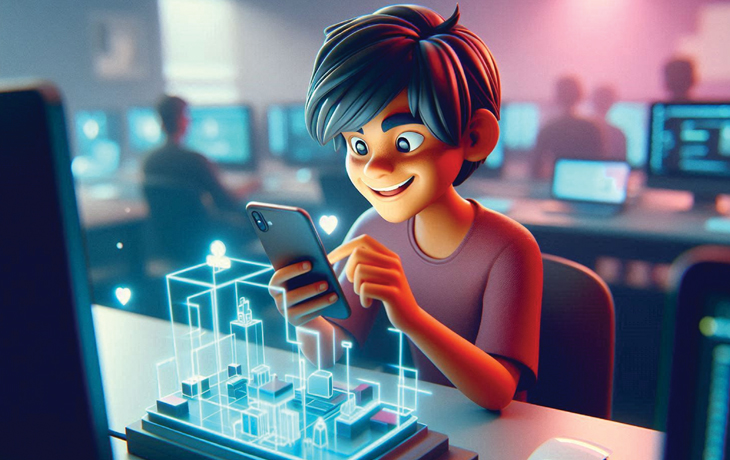
Interactive Design: Design Experiences that Captivate
Engaging human-digital interactions are the focus of interaction design, which emphasizes the importance of practical, effective, and enjoyable interfaces to enhance user experiences.
Key Concepts:
Understanding design principles can boost creativity. When students grasp the basics of design, they're better equipped to experiment and innovate within a structured frame work for any application.
Create wireframes to concentrate on the user experience (UX) aspects without getting distracted by colour schemes, fonts, or other aesthetic details.
To create effective user-friendly apps in a dynamic and growing field, mobile applictions help to stay at the forefront of design and technology trends.
Learn web design with various tools and technologies, including HTML, CSS, and design software.
Encourage innovation by enabling new ways to interact with and control the physical world through technology (Internet of things - IoT).
Experiment with movement, timing, and effects to bring ideas to life, making designs more captivating and memorable.